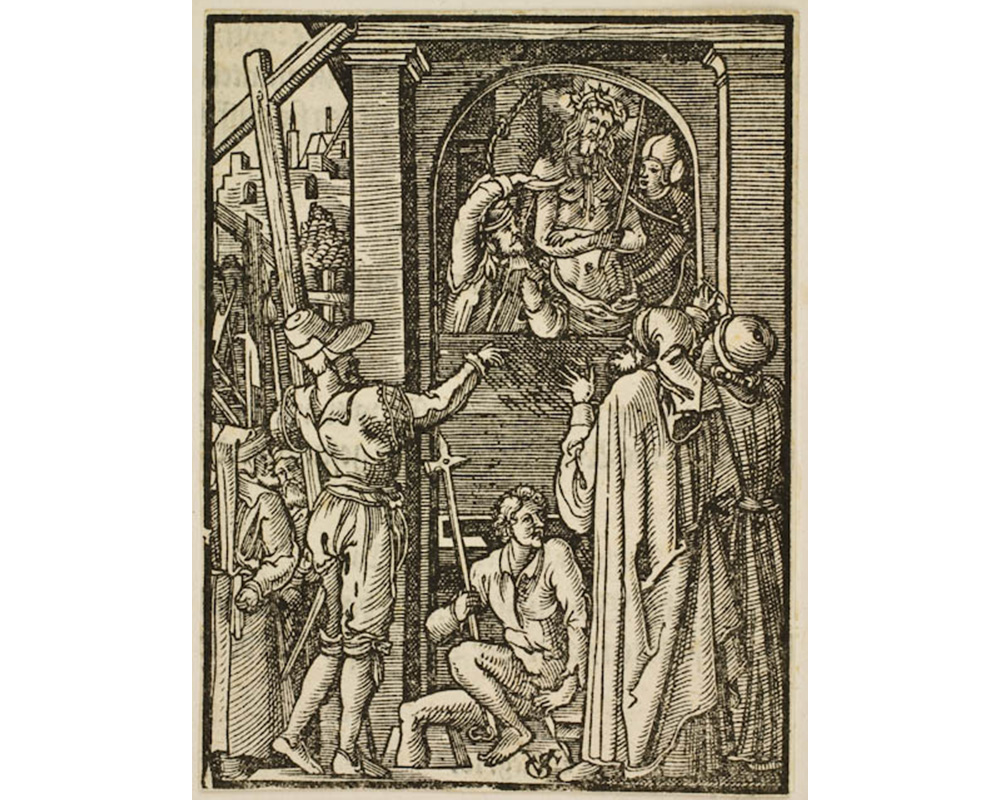
Albrecht Dürer: Genius and Fame
Guest blogger Sara Sargent ’12 is an education major with a minor in art history and a Museums Concentration.
This past semester, I had the great privilege to take the class The Print and Visual Communication in Early Modern Italy with the Visiting Kennedy Professor of Renaissance Studies Michael Bury. I think I can speak for the entire class and say that we are so grateful that Professor Bury shared his knowledge and enthusiasm with us last semester; we were all sad to see him return to Scotland! Before taking the class, I had never heard of Albrecht Dürer or seen any of his unbelievably magnificent woodcuts and engravings. Furthermore, I had no experience whatsoever with writing exhibition labels or helping to curate an art show, despite my interest in museum studies. Over the course of the semester, I had the wonderful opportunity to not only learn about the fascinating world of Renaissance printmaking, but also to apply my new knowledge to writing the labels for our exhibition at the Smith College Museum of Art entitled Albrecht Dürer: Genius and Fame. The fact that I had the opportunity to focus entirely on three prints from the exhibit, Dürer’s Crucifixion and Christ Shown to the People and Goltizus’s pastiche Circumcision, allowed me to develop a holistic understanding of each. It was amazing that I began the assignment looking closely at the real, authentic impressions in the Cunningham Center and finished the semester presenting the prints and my labels to my friends and family in an official Smith Museum gallery.
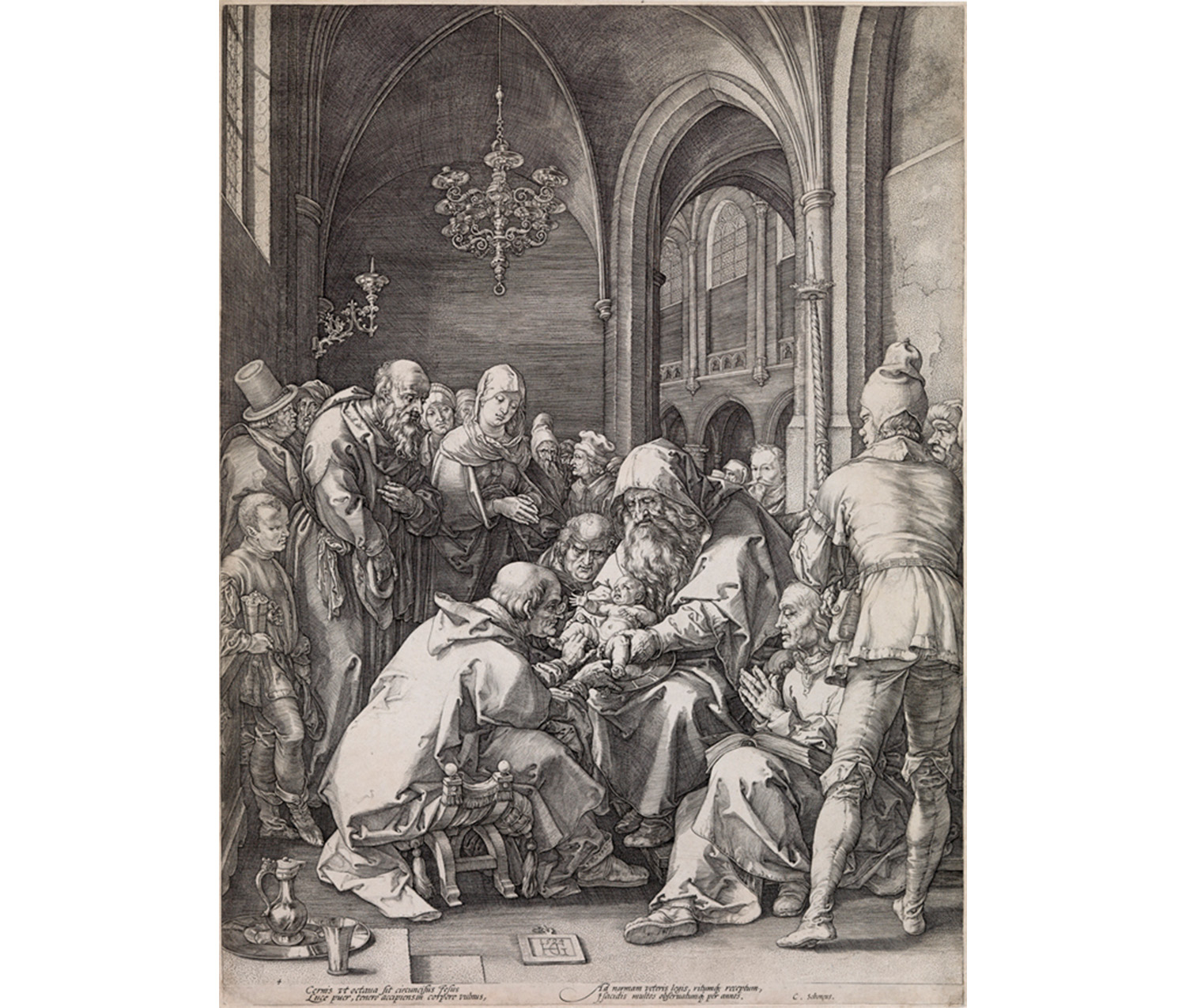
Hendrik Goltzius. Dutch, 1558–1617. After Albrecht Dürer. German, 1471–1528. The Circumcision, from the 'Life of the Virgin' series, 1594. Engraving on laid paper mounted on cardboard. Purchased with F.J. Woodbridge (Class of 1921) Memorial Fund. Mead Art Museum, Amherst College, Amherst, Massachusetts. AC 1979.46.4.
I learned so much from my extended analysis of my three prints, as well as my experiences in helping to curate the exhibition. In writing the labels, I was able to apply my new knowledge about Renaissance printmaking techniques, history and culture. However, I also learned how to look closely at every single detail in the prints and was amazed by the fact that each time I looked at them, I saw something new; they are open to endless interpretation and never ceased to capture my curiosity. Furthermore, I also experienced how challenging it is to write exhibition labels, but also how rewarding it is to communicate the most important points about a work of art in only 150 words! The assignment caused me to reflect on the role of labels in exhibitions and the importance of placing yourself in the visitors’ position when deciding what information to include.
Finally, the opportunity to help decide where to place the prints in the exhibition gallery and witnessing the curator’s process gave me a unique window into the world of museum exhibitions. I learned a lot about how to arrange an effective exhibit taking into many different factors and opinions, and I was proud to observe the successful final result. The whole experience reminded me of how lucky we are as Smith students to have amazing resources like the Cunningham Center and the Smith College Museum of Art that provide us with invaluable learning opportunities.
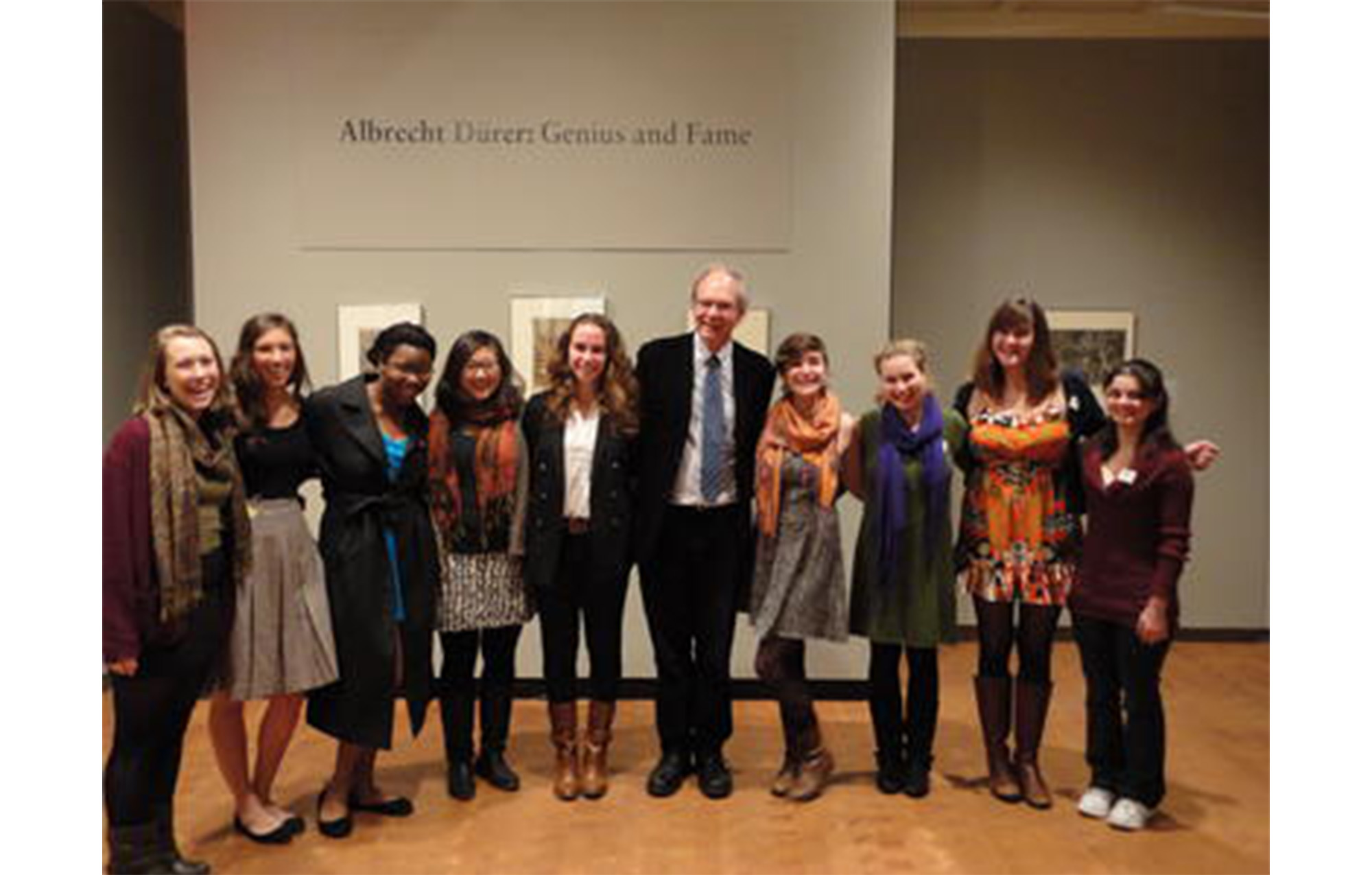
Professor Michael Bury and students at opening of Albrecht Dürer: Genius and Fame
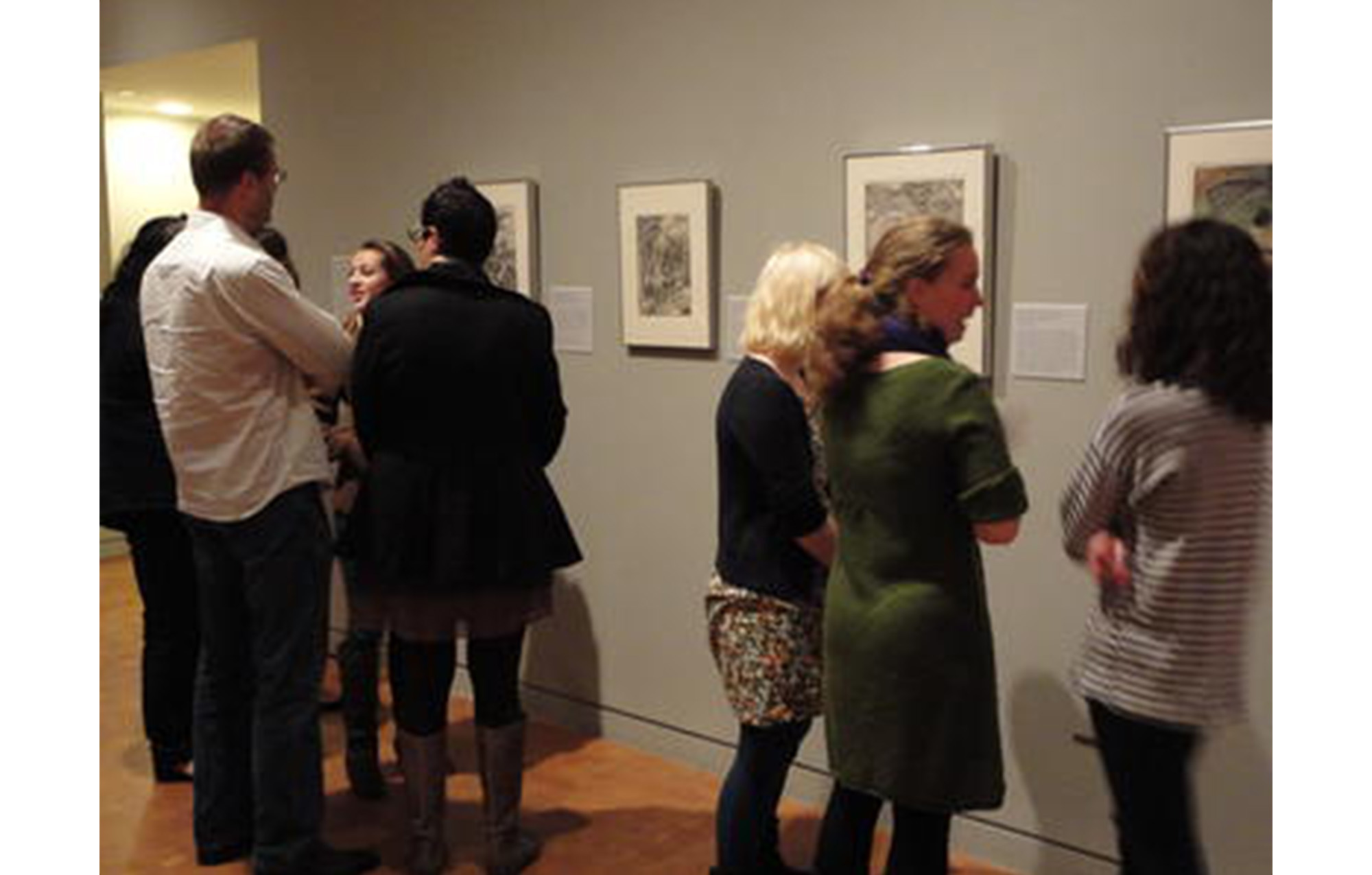
Visitors at opening of Albrecht Dürer: Genius and Fame
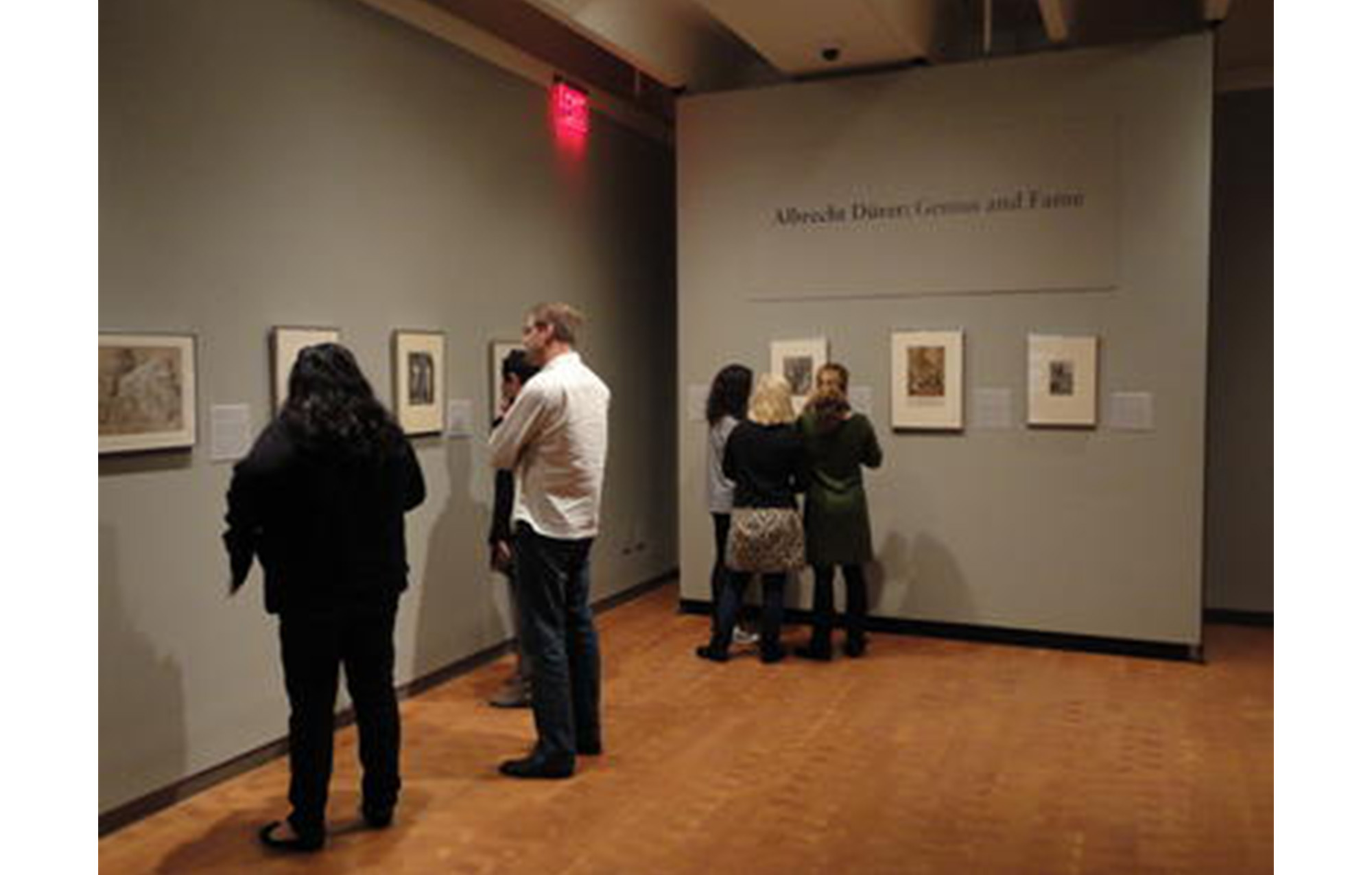
Visitors at opening of Albrecht Dürer: Genius and Fame
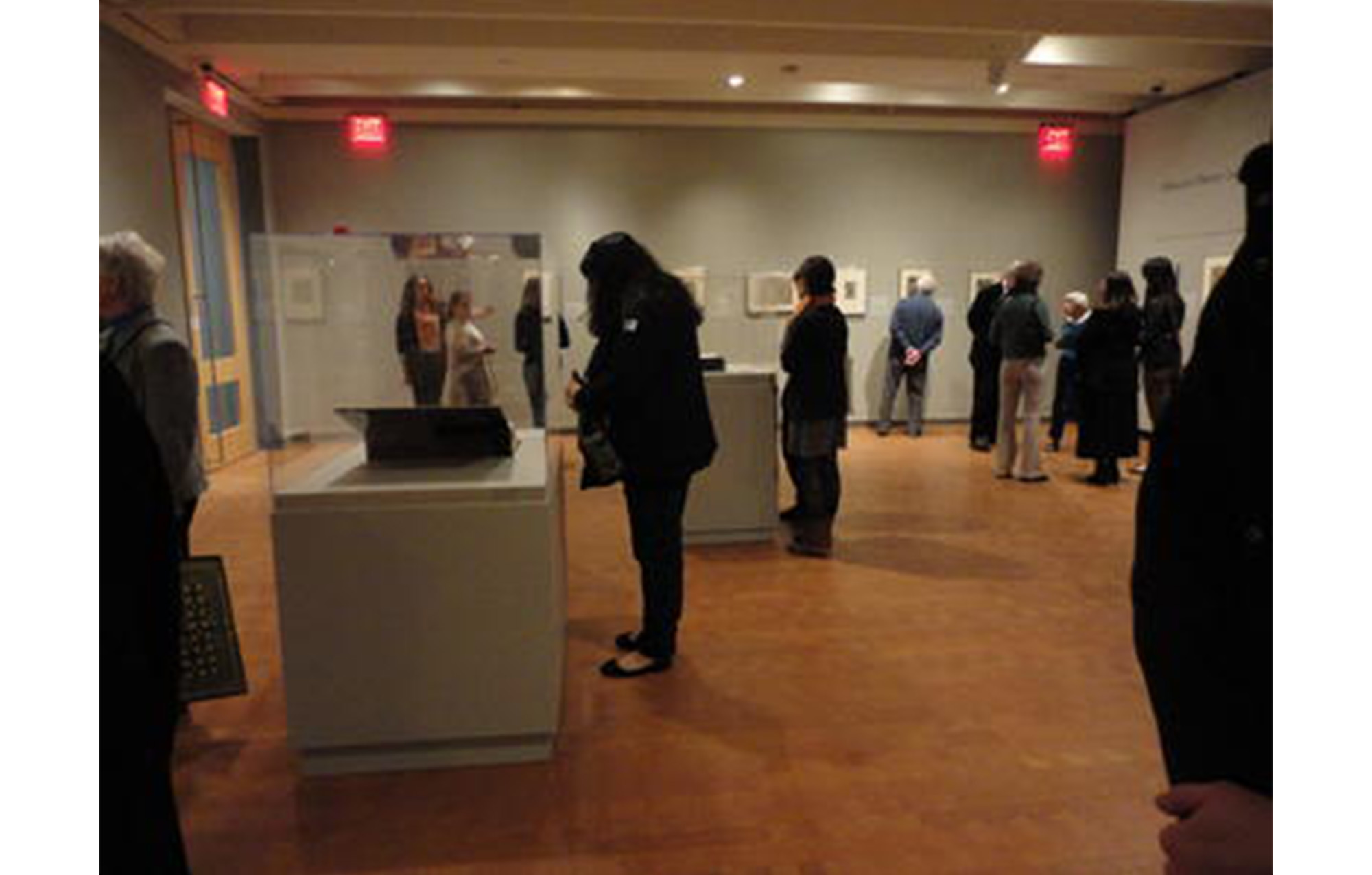
Visitors at opening of Albrecht Dürer: Genius and Fame